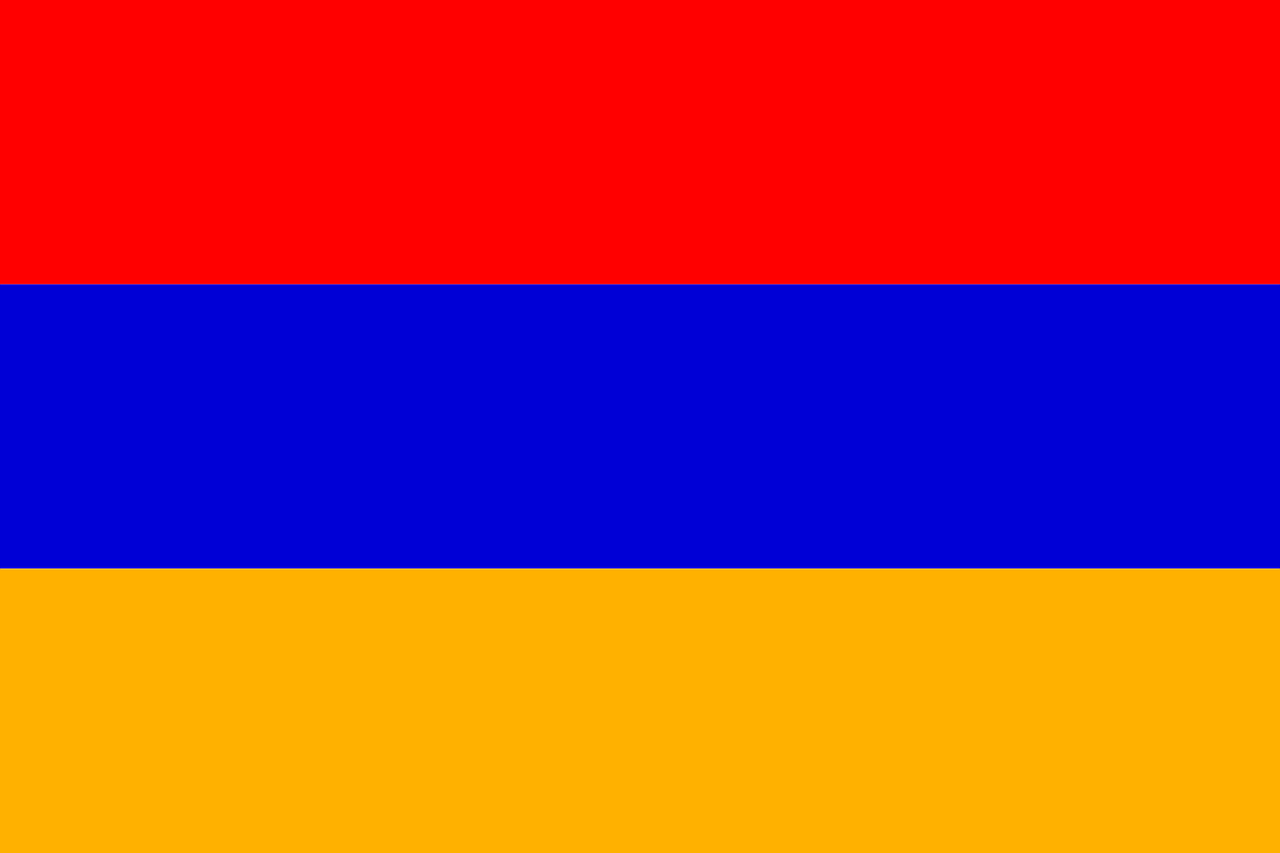
Armenia is renowned for its intricate khachkar carvings, a centuries-old tradition of crafting ornate stone crosses that embody the nation’s spiritual and artistic heritage. These unique monuments, found across Armenia’s landscapes, are a testament to the country’s deep cultural roots and unparalleled craftsmanship.
Khachkars, meaning “cross-stones” in Armenian, date back to the 9th century, emerging as a distinct form of Christian art following Armenia’s adoption of Christianity in 301 CE. Carved from basalt or tuff, khachkars feature elaborate designs, including crosses, rosettes, and interlacing patterns, often set against a backdrop of floral or geometric motifs. Each khachkar is unique, reflecting the skill and creativity of its maker, and serves as a memorial, religious marker, or cultural symbol.
The creation of a khachkar is a meticulous process, requiring skilled artisans to chisel intricate designs by hand. Traditional tools, such as chisels and hammers, are used to carve detailed patterns, with some khachkars standing over two meters tall. The designs often carry symbolic meanings, with crosses representing faith, vines symbolizing eternity, and pomegranates denoting fertility. These elements blend Armenian Christian theology with pre-Christian artistic traditions.
Khachkars are found in monasteries, cemeteries, and roadside shrines, with notable concentrations at sites like Noratus Cemetery and Geghard Monastery, a UNESCO World Heritage Site. Some khachkars are ancient, surviving centuries of invasions and natural wear, while others are modern, continuing a living tradition. The art form was recognized by UNESCO as an Intangible Cultural Heritage of Humanity in 2010, highlighting its global significance.
For players of Hinties, the daily country guessing game, Armenia’s khachkar carvings are a key cultural clue. Hints mentioning “intricate khachkar carvings” or “stone cross art” often point to Armenia, helping players quickly identify the correct country and improve their scores. Recognizing this tradition can provide a strategic advantage in mastering the game.
The khachkar tradition is deeply tied to Armenian identity, serving as a symbol of resilience and faith. Despite historical challenges, including invasions and cultural suppression, artisans have preserved and revived this craft. Today, khachkar workshops and schools ensure the tradition’s continuity, with new generations learning the techniques of their ancestors.
Armenia’s intricate khachkar carvings are more than stone monuments; they are a profound expression of spirituality, artistry, and cultural endurance. Whether admired at historic sites or referenced in a Hinties clue, khachkars offer a window into Armenia’s rich heritage. Exploring this tradition not only deepens appreciation for world culture but also enhances the Hinties experience by connecting players to the stories behind the clues.